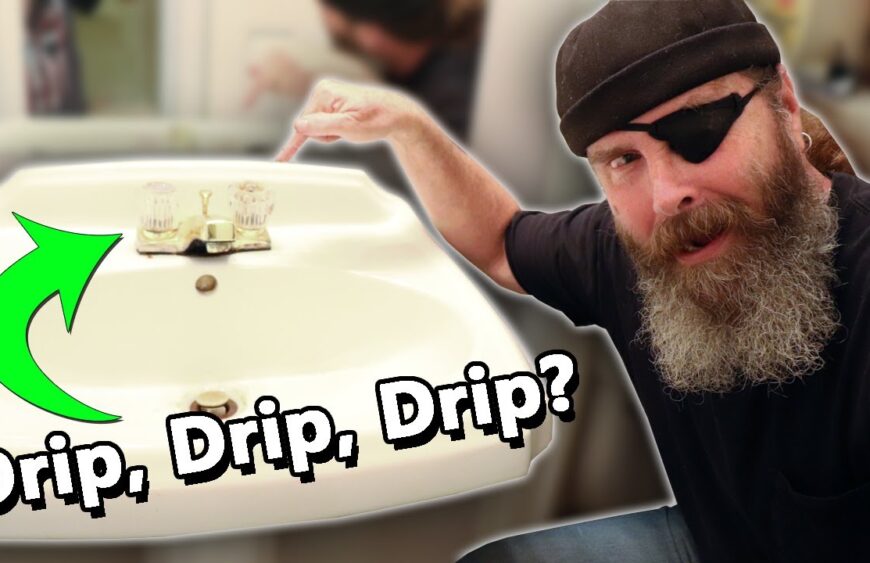Leaking or dripping bathroom sink faucet is one of the most common plumbing problems in households. The main causes of this problem are worn out washers, damaged seals, or loose parts. Leaking bathroom sink faucets can be annoying and can lead to higher water bills. However, there are several simple solutions that can be used to fix the problem.
Steps to Fix a Leaking or Dripping Bathroom Sink Faucet
1. Shut off the Water Supply
The first step to fix a leaking or dripping bathroom sink faucet is to shut off the water supply. This can be done by turning off the shutoff valves located under the sink. It is important to make sure that the water supply is completely shut off before proceeding with the repair.
2. Disassemble the Faucet
Once the water supply is shut off, the faucet must be disassembled. This can be done by unscrewing the handle, the spout, and the valve stem. It is important to be careful when disassembling the faucet as some parts may be fragile or difficult to access.
3. Replace the Washers and Seals
The washers and seals of the faucet are the most common cause of a leaking or dripping faucet. They can become worn out or damaged over time. Replacing the washers and seals is an easy fix and can be done by simply unscrewing the old parts and replacing them with new ones.
4. Reassemble the Faucet
Once the new washers and seals are in place, the faucet can be reassembled. This is done by carefully reassembling the handle, spout, and valve stem in the same order as they were taken apart. It is important to make sure that all of the parts are securely in place and that no pieces are left out.
5. Test the Faucet
Once the faucet is reassembled, it is important to test it to make sure that it is no longer leaking or dripping. This can be done by turning on the water supply and checking for any leaks or drips. If there are any leaks or drips, it is important to go back and check the washers and seals to make sure that they are properly in place.
Preventative Measures
In order to prevent a leaking or dripping bathroom sink faucet in the future, it is important to take some preventative measures. These include:
- Regularly check for signs of wear or damage to the washers and seals.
- Periodically inspect the faucet for loose parts or pieces.
- Make sure that the water supply is completely shut off before disassembling the faucet.
- Make sure that all parts are securely in place when reassembling the faucet.
- Check for leaks or drips after reassembling the faucet.
By taking these preventative measures, it is possible to avoid a leaking or dripping bathroom sink faucet in the future.









